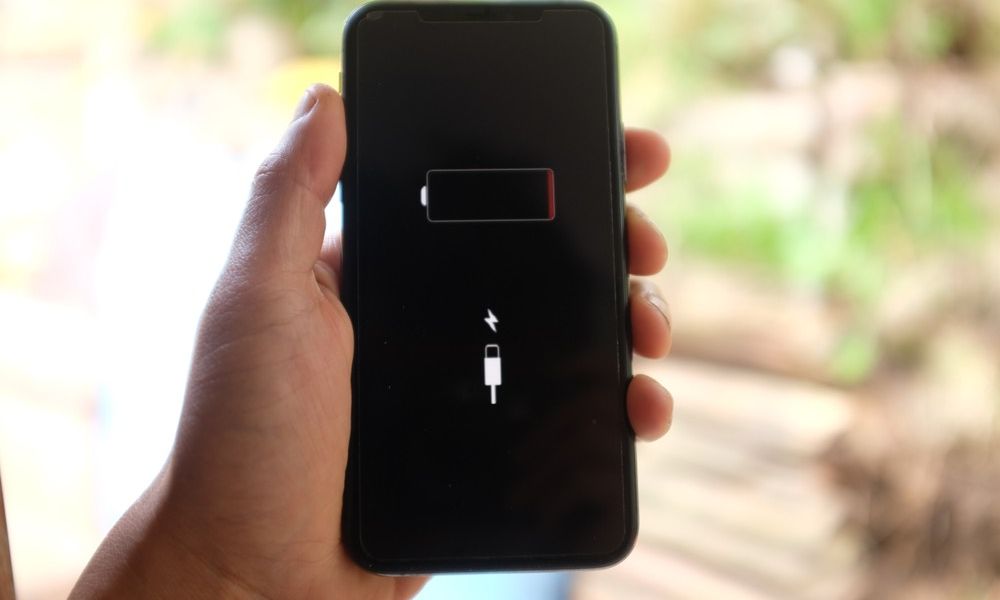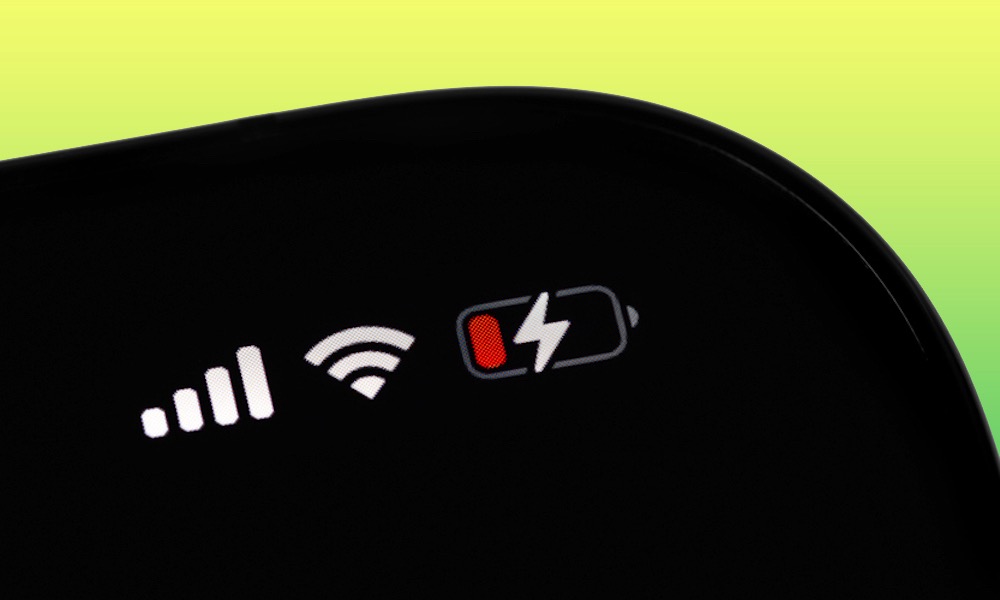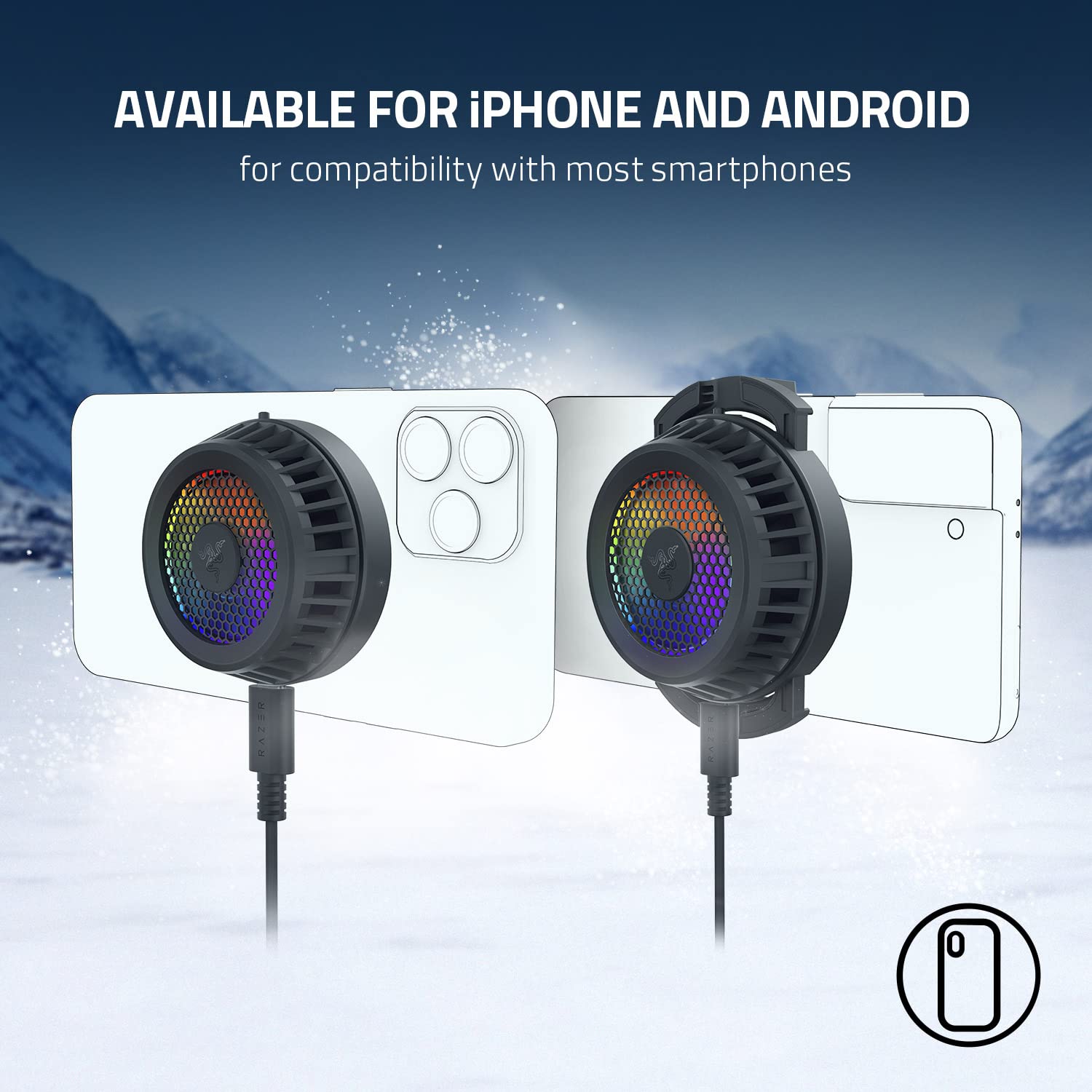Why This Is the No. 1 iPhone Battery Killer per WSJ

Toggle Dark Mode
Keeping your battery intact is one of the most important parts of taking care of your iPhone or any other modern electronic device. It doesn’t matter if you buy a $100 phone or a $1,299 iPhone 15 Pro Max; both phone’s batteries will age over time.
While there’s nothing we can do about battery aging, we can stop doing certain things that will cause our batteries to die before their time.
What’s one of the biggest things you need to avoid? Heat. In fact, according to the Wall Street Journal, heat is the number one factor when it comes to the lifespan of your iPhone’s battery.
Why Is Heat So Bad?
First off, just ask yourself: if you were under intense heat while working, would you be able to work normally? Probably not, and the same happens to your iPhone’s battery.
Of course, there’s a more scientific explanation for this. As the WSJ YouTube channel puts it, batteries undergo a chemical reaction when you charge them.
When you pass a current to a rechargeable battery, the cells inside it start to get the energy and try to store it. This causes a chemical reaction that can be affected by different factors such as, you guessed it, heat.
The hotter environment for the batter battery causes the chemical reaction to happen faster. The faster this reaction happens, the faster your battery can drain. Moreover, intense heat for very long periods of time can also damage some components of the battery.
What Causes Your iPhone to Get Hot
There are many things that can make your iPhone get warmer, but these are some of the most common things you need to take into account.
Using a charger with a higher wattage to “fast-charge” your iPhone naturally increases the temperature since the iPhone is drawing more power to charge the battery faster. At higher charge levels, this can actually be very bad for the battery, which is why Apple slows the charging current down when the battery reaches 50%, and then again at the 80% mark.
However, even faster charging in that lower half will take its toll, so using a lower-power charger can extend the longevity of your iPhone’s battery, and if you’re charging overnight, you don’t really need fast charging anyway.
The same applies to wireless charging, which warms things up even more than wired charging as lost energy gets converted to heat. MagSafe-compatible iPhones will draw up to 15W from a MagSafe charger, but at least they’ll have perfect alignment for as little heat and power loss as possible.
Using a 7.5W Qi charger will top up your iPhone more slowly, but it should generate less heat — as long as the phone and charger are properly aligned. The best of both worlds? A 7.5W “MagSafe-compatible” charger that will align the coils for the best efficiency while still charging slowly enough to go easy on your battery. Alternatively, if you want a faster wireless charger, you can opt for one of ESR’s MagSafe stands, which offer a built-in cooling system that works surprisingly well.
Obviously, Using your iPhone under the sun for long periods of time will also cause it to get warm, especially if you’re using a demanding app or game, and that goes with using your iPhone while it’s charging. This most definitely will always heat up your iPhone, no matter which model you have.
What’s the Right Temperature for Your iPhone?
As the Wall Street Journal shows in its video, the iPhone will warn you that the temperature is too high, around the 137-degree mark. You’ll instantly get a notification, and you won’t be able to use your iPhone until it cools down.
With that said, the WSJ was testing the iPhone, and that’s the temperature at which the phone itself will shut down to protect its other internal components; the heat will take its toll on your battery long before it reaches that point. For most of us, we’re better off following Apple’s advice.
According to Apple’s website, you should use your iPhone — as well as other Apple devices like the iPad — in an ambient temperature between 0º and 35º C (32º to 95º F).
If you go above the 95° F mark once or twice, your iPhone will still work fine. However, if you do it for longer periods of time, the battery might be permanently damaged. Not to mention that your iPhone may stop working until it returns to an acceptable temperature.
What You Can Do To Avoid Damaging Your Battery
The good news about all this is that if you’re careful enough, you shouldn’t have any heating issues with your iPhone. All you need to do is follow these tips:
Don’t Charge or Leave Your iPhone Under the Sun
Leaving your iPhone under the sun or a really bright light will cause it to get warm in just a few minutes, especially if you’re using it.
As you can see from the WSJ video, the iPhone reached 137° in just under seven minutes, so try to avoid it at all costs.
That means don’t leave your iPhone inside your car on a hot day or leave it charging in a room where the sun will hit it. Also, beware of your vehicle’s built-in wireless charger which will tend to heat up your phone even more, especially on a hot day.
As Apple suggests, the best thing you can do is charge and use your iPhone in a room with a temperature between 0º and 35º C (32º to 95º F).
Avoid Using Your iPhone While It’s Charging
It can be tempting, but whenever possible, leave your iPhone alone while it’s charging. If you try to use it will more often than not start to get warm.
As we mentioned, doing this a couple of times isn’t a big deal. However, if you do this consistently, you might permanently damage your battery, and it’s just not worth it.
Don’t Fast Charge Your iPhone All the Time
As the WSJ mentions in its video, using a bigger charging brick all the time might not be a good idea. While your iPhone will charge faster if it supports it, the higher electric current will generate more heat.
Try using smaller chargers, and always make sure that it’s a high-quality charger. While a bad charger won’t directly cause your iPhone to heat up any more than normal, they can get hot on their own, indirectly transferring that heat to the iPhone if it’s nearby, and they’re a fire and safety hazard as well.
The 5W charging brick Apple used to pack in with the iPhone is a great choice if you still have one around; it provides ample power to top up your iPhone overnight at a more comfortable speed.
Remove Your Case if Needed
Many people nowadays don’t use a case, but adding an extra layer of protection isn’t a bad idea either.
However, if you notice your iPhone gets hot while it’s charging, even though you aren’t using it, it might be because of its case.
Whether you’re charging your iPhone or if it’s just randomly getting warmer, you should try to remove your case whenever that happens.
If You Need to Get Some Helpful Accessories
As you can see in the video, WSJ tried using a couple of accessories to further protect your iPhone. For instance, if you know you’re going to be out on a really hot day and you’ll need to leave your iPhone under the sun, using a thermal bag might be helpful.
On the other hand, if you’re at home, you might want to try a fan for your iPhone. You’ll need to keep it plugged in, but it’ll come in handy when your iPhone starts to get hot.
Remember: Your iPhone Can’t Handle the Heat
As a general rule, if we can’t handle the heat for a long time, what would we think our iPhones can?
According to the WSJ, heat will definitely kill your battery, so be mindful when using your iPhone outside or whenever you’re charging. After all, the iPhone isn’t necessarily a budget phone, so the longer it lasts, the better.












